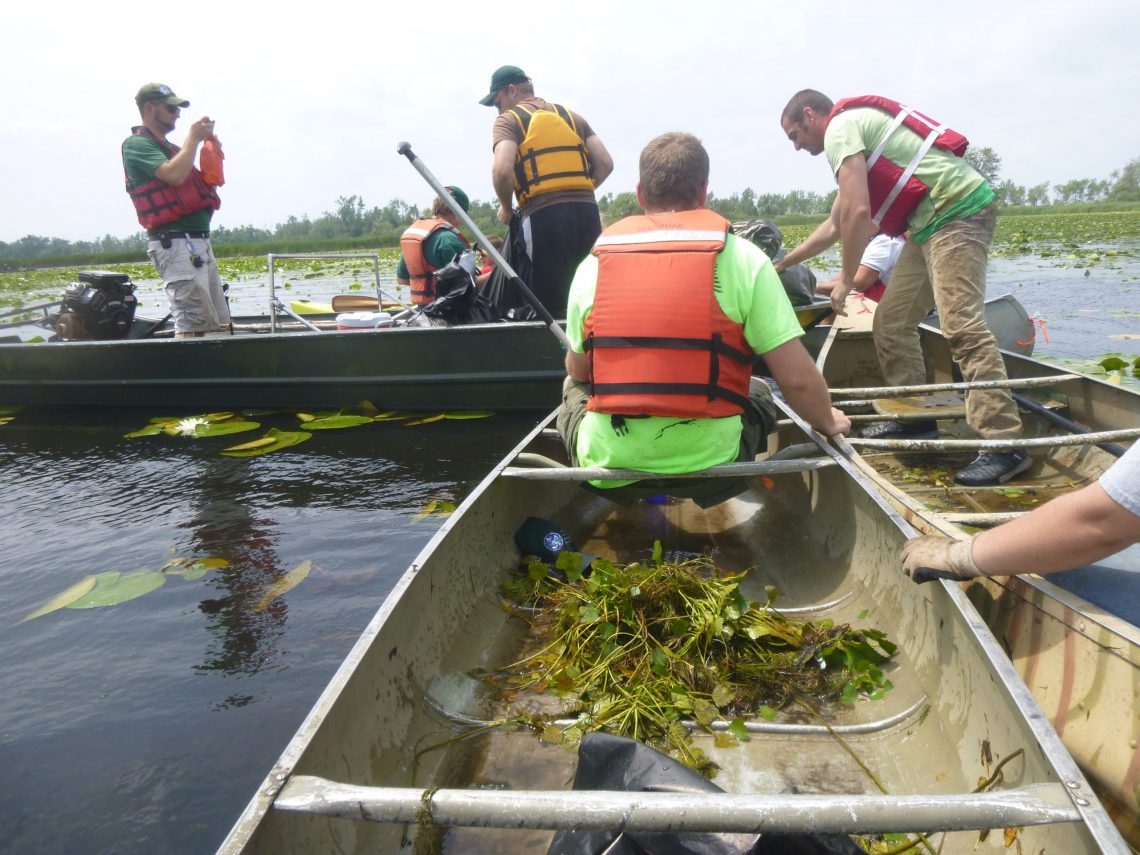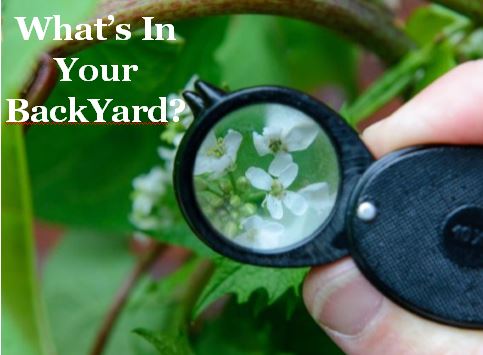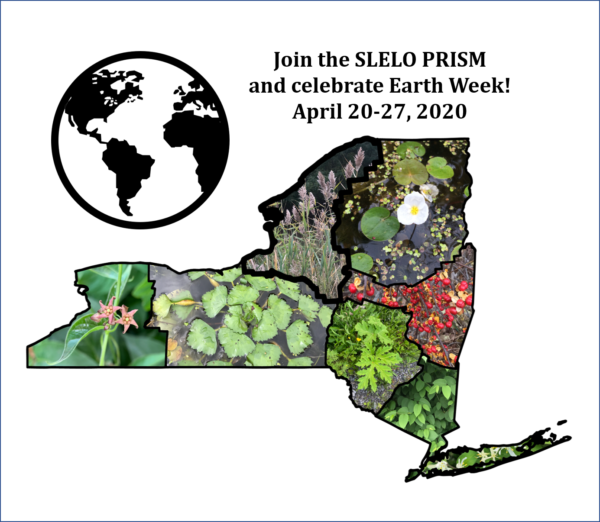Connected landscapes are critical to sustaining diversity and resiliency in a changing climate.

Protecting Connected Landscapes
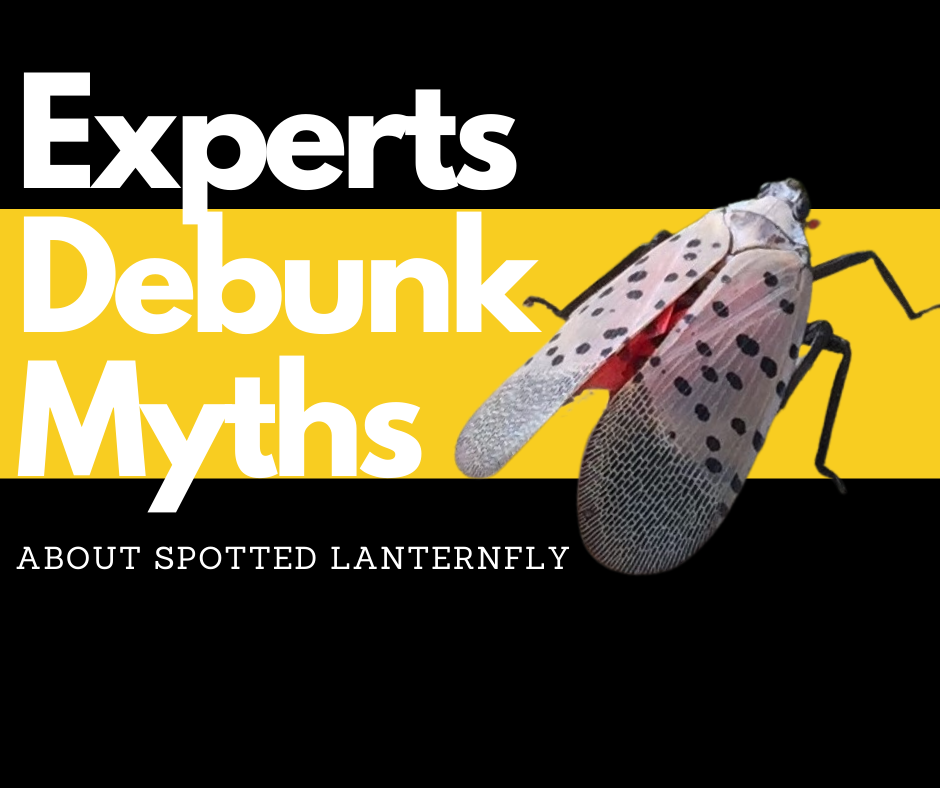
Experts Debunk Myths About Spotted Lanternfly
Have you ever heard the myth that the spotted lanternfly can glow? Learn the truth about this and other myths from the experts from Penn State’s College of Agricultural Sciences.
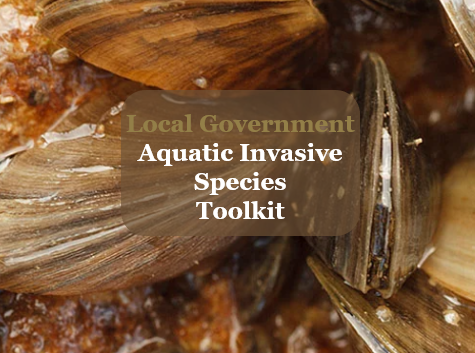
Local Government Aquatic Invasive Species Toolkit
To assist local governments with navigating the regulatory framework associated with
high-risk priority aquatic invasive species.
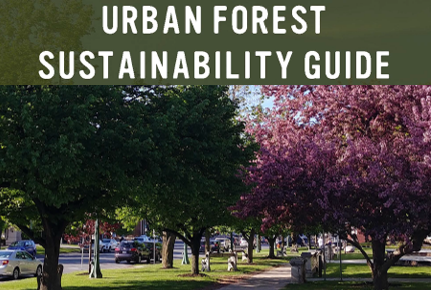
Enhancing Sustainability of Urban Forests
Climate change and invasive pests threaten the health of our urban forests. SLELO PRISM has developed an Urban Forest Sustainability Guide to help communities maintain the health of their urban forests in the face of these challenges.
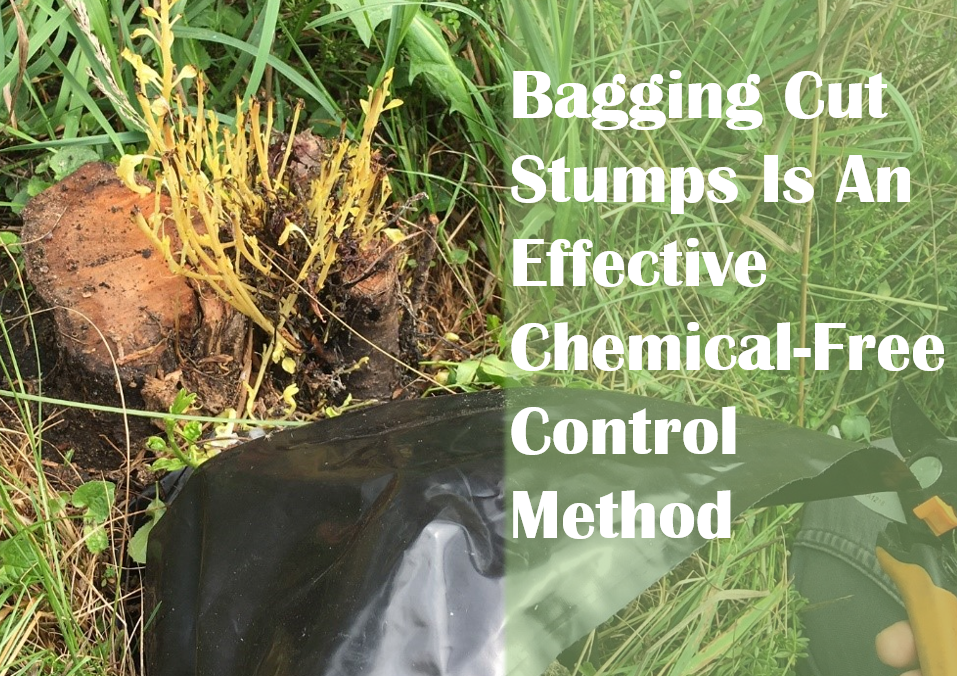
Partner Spotlight
Our partners with the Office of Parks and Historic Preservation have Invasive Species Technicians that are aiding invasive species work throughout the Thousand Islands region. One of their projects involves controlling invasive buckthorn and honeysuckle using a chemical-free approach.
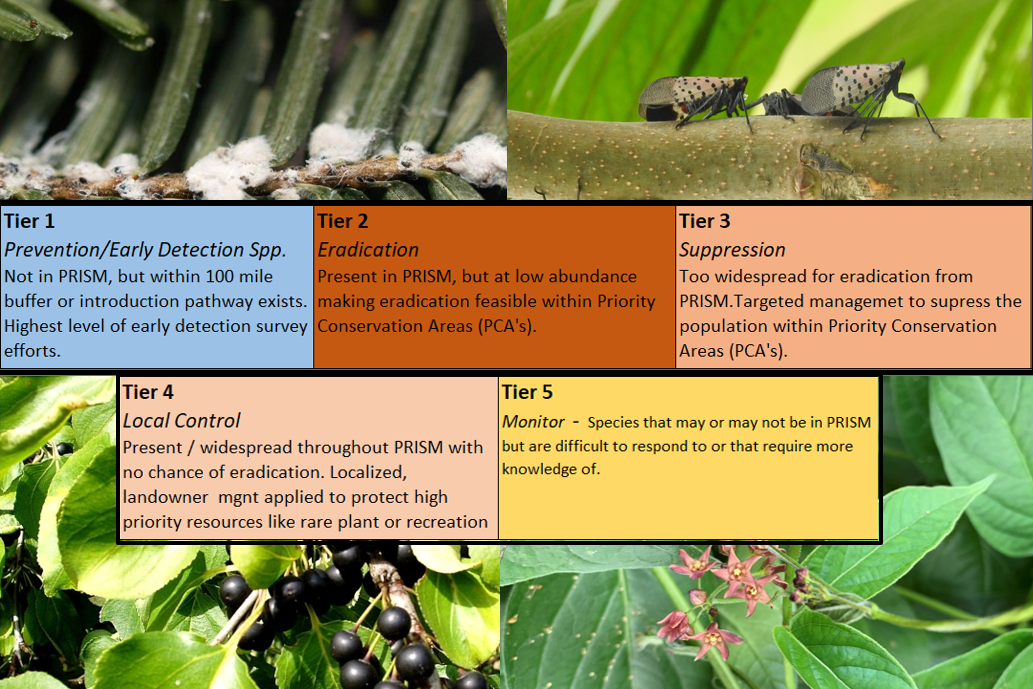
Tiered Species Showcase
We’ve developed a Tiered Species List that is aimed to help better strategize management of invasive species in our region. The system categorizes species by known presence and feasible management approach’s: prevention, eradication, suppression localized control, and monitoring.
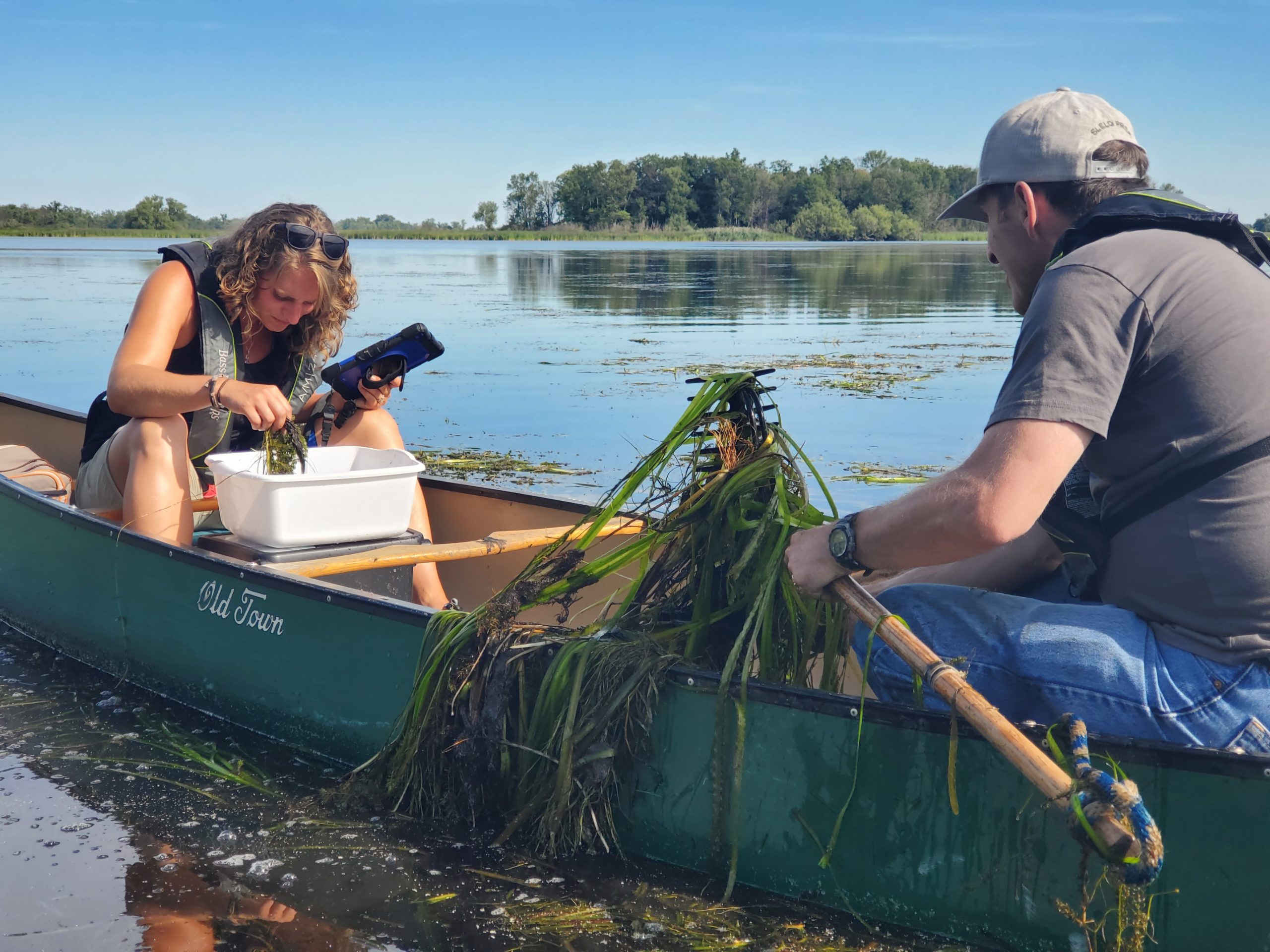
Early Detection Work
Early detection work is a core mission for SLELO PRISM. Learn how we’ve strenghtened our efforts.
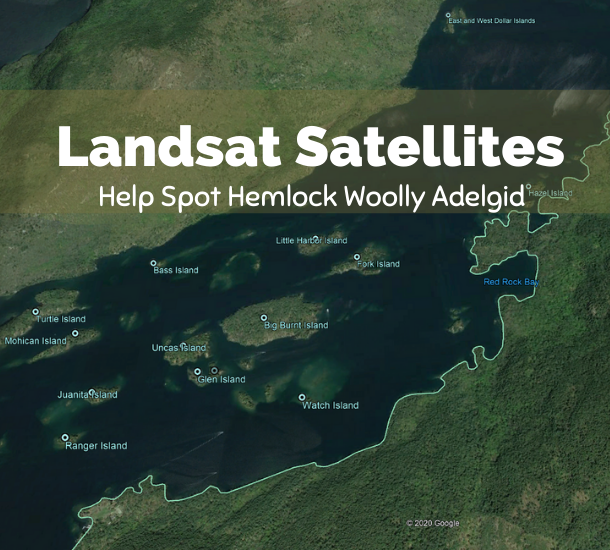
Using Satellites to Spot Hemlock Woolly Adelgid
Using advanced remote sensing technologies and computer modeling, hemlock woolly adelgid damage can be detected before significant defoliation or tree mortality occurs, allowing for the efficient deployment of rapid-response field crews to confirm infestations and develop treatment plans.
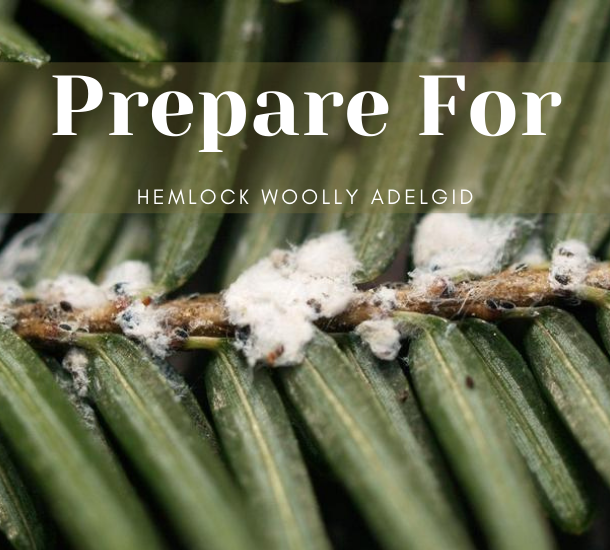
Prepare for Hemlock Woolly Adelgid
View Our Latest Newsletter The rapid response to the recent confirmed presence of HWA at Lake George was made possible due to the years of planning by APIPP, DEC, NYSHI, […]
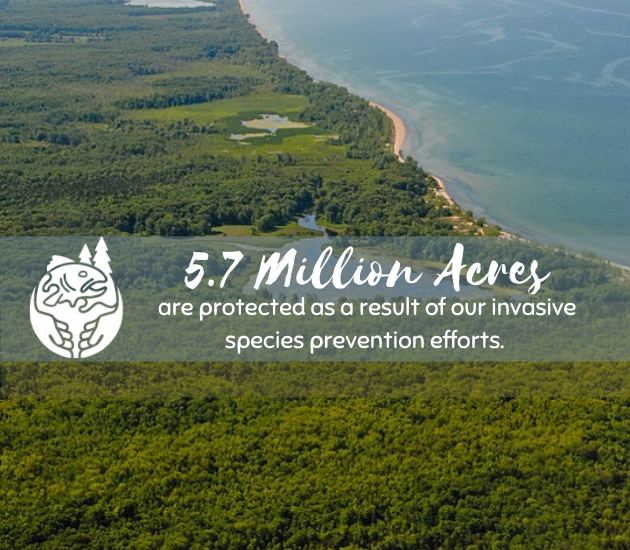
Protection at Scale
Learn how 5.7 million acres are protected as a result of our invasive species prevention efforts.
